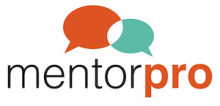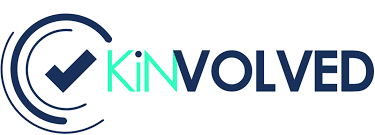Alumni Profiles
Explore our alumni and past winners
-
Michael & Lori Milken Family Foundation First Prize ($25,000) & American Public University System Prize for Innovation in Online Education ($25,000)
Osmosis
Osmosis (Knowledge Diffusion; www.osmosis.org) is a web- and mobile-platform that improves the way people learn and retain information. Its initial focus is on medical education, and to this end is currently used by approximately 10,000 medical students. Founder(s): Shiv Gaglani & Ryan Haynes

-
BlocksCAD
The BlocksCAD 3D modeling software fills a critical need for teachers in k-12 schools seeking ways to leverage engaging 3D printers, makerspaces, and virtual reality environments with teaching math and coding fundamentals. In classrooms and afterschool programs around the country, we have shown that students who engage in activities using BlocksCAD have improved attitudes towards math, engineering, and computational thinking. Founders: Solomon Menashi, Jennie Yoder

-
Caribu
Caribu is an education platform that helps parents, extended family, and mentors read books with children when they’re not in the same location. Caribu is FaceTime meets Kindle, for kids. Founders: Maxeme Tuchman (CEO), Alvaro Sabido (CTO)

-
InferCabulary
InferCabulary is an interactive, web-based K-12 literacy program that teaches nuanced vocabulary in a way that actively engages students in using critical thinking in a non-verbal domain.
Visit website
-
ClassTag
ClassTag is the parent engagement platform for schools. Classrooms use ClassTag to organize, track and improve parent engagement. ClassTag’s ease of use, automation and reporting make it a must-have tool for teachers to meet their parent engagement goals. Founder Names: Vlada Lotkina, Jason Olim

-
Michael & Lori Milken Family Foundation Grand Prize ($40,000) & American Public University System Prize ($20,000)
MentorPro
MentorPro is a friendly platform that fosters communication between feedback providers and teachers. It optimizes the follow-up process by increasing feedback frequency and enhancing communication. Mentors will be able to track the progress of their teachers, have access to data analysis, pre-made qualitative reports, and a video analysis system, among other features. Founders: Carol Neumann, Cecilia Hevia, Magdalena Izquierdo

-
Venture Path – Michael & Lori Milken Family Foundation Grand Prize ($40,000)
Kinvolved
It takes a village to develop the whole child. Kinvolved is facilitating real-time, 2-way text and email communication through our app among members of students’ support networks. With the support of Kinvolved’s Community Managers, Kinvolved is proving to drive results, improving factors including attendance, parent engagement, and homework completion through effective communication that are essential to student success. Team: Miriam Altman, Alexandra Meis
